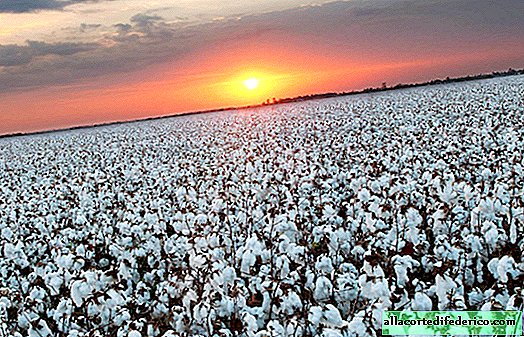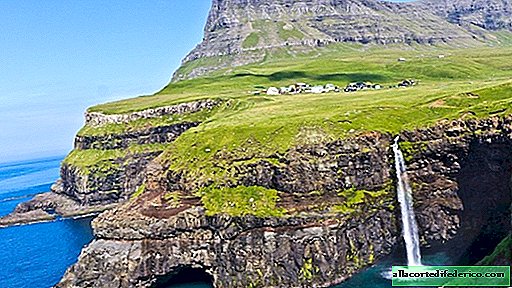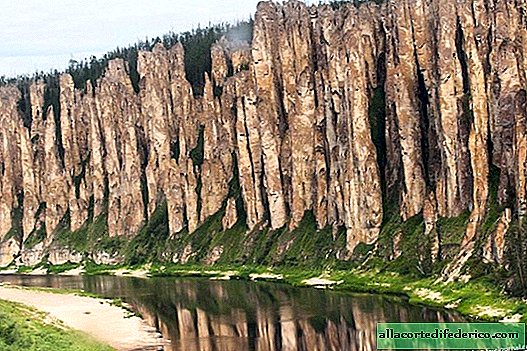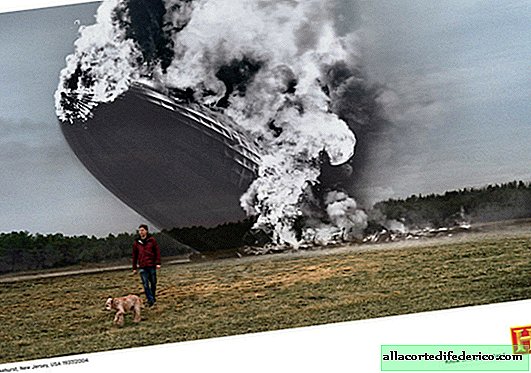Why cotton regions have become the planet’s ecological disaster zones
The cotton thread from which cotton fabrics are made is obtained from the plant cotton. The growth in world cotton production is contributing to the expansion of areas designated for cotton growing. Few people know that white and fluffy cotton, which is valued worldwide for its naturalness and safety, turns traditional cotton growing regions into zones of environmental disaster.

Cotton is a very thermophilic crop that requires a long period of high temperatures and moderate hydration for favorable growth. Therefore, the main areas of cotton growing are concentrated in the dry and hot regions of our planet. The world leaders in the area of agricultural land allocated for cotton are India, the USA, China, Pakistan, Uzbekistan and Brazil. Cotton is also grown in some countries in Africa.

Cotton is considered one of the most adverse crops in terms of environmental impact. Specialists distinguish 6 types of insect pests that can cause serious harm to cotton. To prevent this, cotton is regularly treated with pesticides. In addition, weeds and various diseases are being controlled, thanks to which tons of herbicides and fungicides fall into the soil. In poor countries where cotton is still grown and harvested by hand, thousands of people suffer from chemical poisoning annually.

The second problem faced by the cotton growing regions is the depletion of water resources. Although cotton is a drought tolerant crop, it cannot grow without water at all. Therefore, in arid areas of cotton production, artificial irrigation of fields has to be organized. Often this leads to sad consequences.

For example, on the territory of the High Plains in the United States, where cotton and other crops have been cultivated for more than one hundred years, the problem of depletion of water resources is acute. The fact is that for irrigation of huge areas of cotton, water is used, which is extracted from the underground aquifer of Ogallal. According to experts, the water reservoir is on the verge of depletion, and in some wells the water has already run out.

Another well-known region, where catastrophic ecological situation has largely developed due to cotton growing, is Central Asia. Withdrawal of colossal volumes of water from the Amu Darya and Syr Darya led to the disappearance of the Aral Sea in its former borders. It can be said that Turkmenistan and Uzbekistan today are hostages of their cotton fields. The cultivation and sale of cotton is the most important source of income for the budgets of these countries. But the currently ineffective irrigation system casts doubt on the well-being of the entire region.
 Today the Aral Sea is a few small lakes
Today the Aral Sea is a few small lakesIn addition, the problem of the use of child labor on cotton plantations of the world is acute. In countries with developed agriculture, such as the USA, Australia or Brazil, cotton is grown and harvested using agricultural machinery. But in India, African countries and the Central Asian republics, cotton is harvested mainly by hand with the involvement of child labor. And this situation, unfortunately, is unlikely to change in the near future.
 Cotton picking in Uzbekistan
Cotton picking in Uzbekistan

















